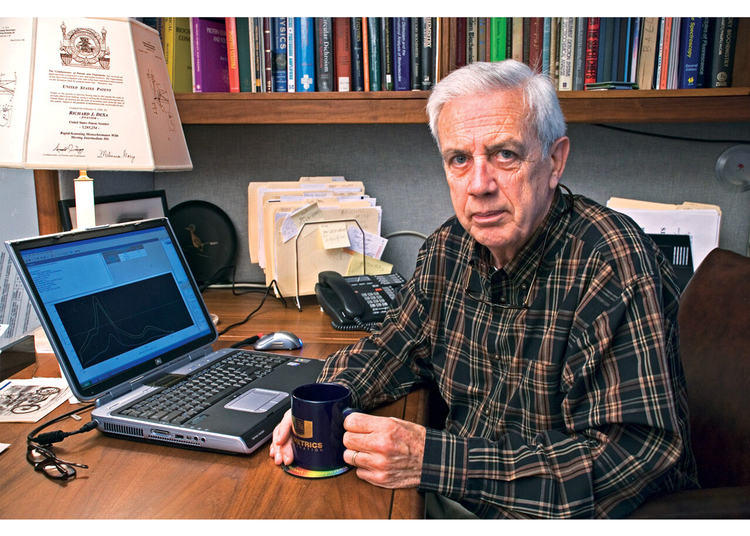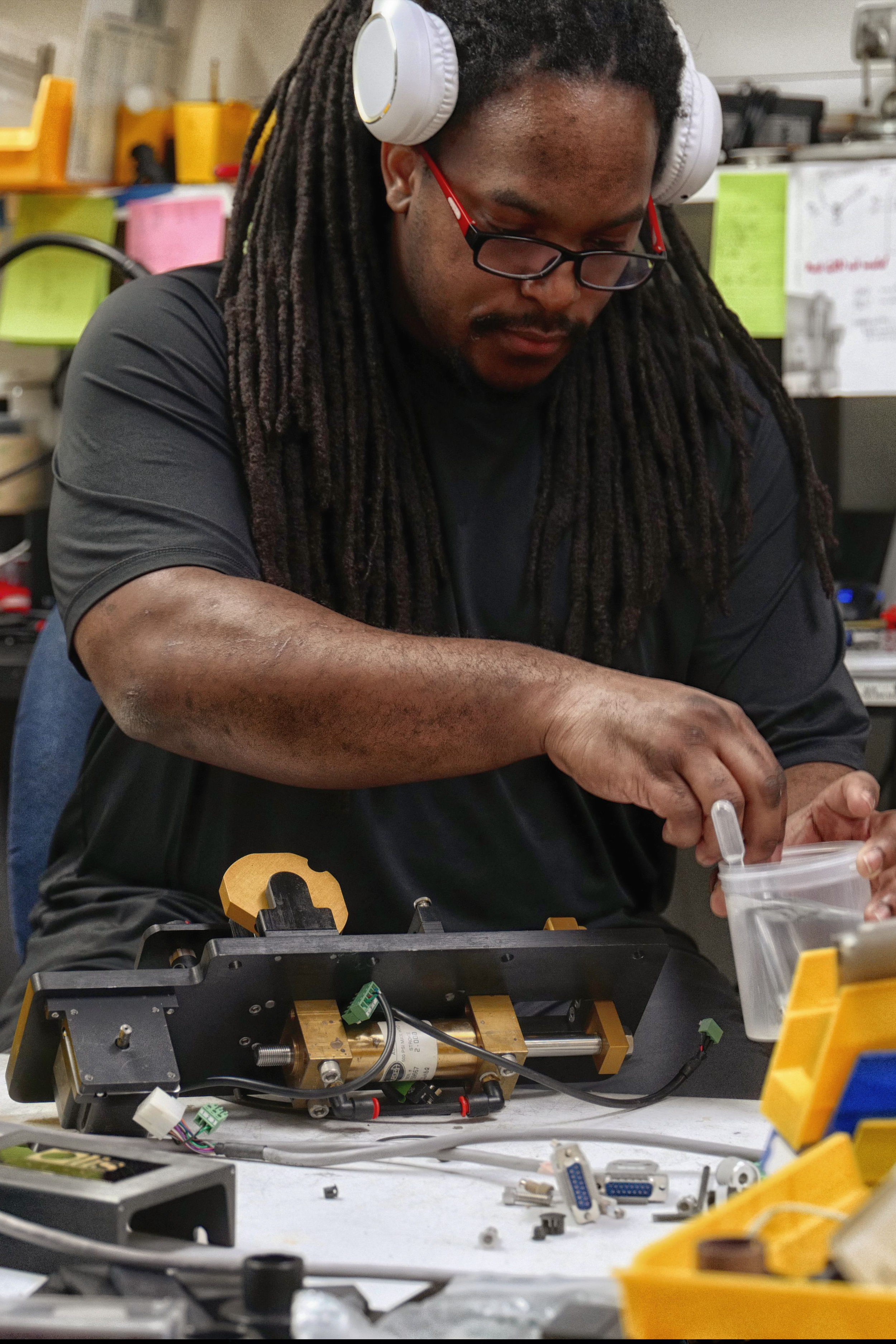The Only Guide for Uv/vis
The Only Guide for Uv/vis
Blog Article
Our Circular Dichroism Diaries
Table of ContentsFacts About Circularly Polarized Luminescence RevealedThe 8-Minute Rule for Uv/vis/nirThe Main Principles Of Uv/vis/nir Not known Facts About SpectrophotometersSome Known Details About Circularly Polarized Luminescence

Although spectrophotometry is most commonly applied to ultraviolet, visible, and infrared radiation, modern spectrophotometers can question large swaths of the electromagnetic spectrum, consisting of x-ray, ultraviolet, noticeable, infrared, and/or microwave wavelengths. Spectrophotometry is a tool that hinges on the quantitative analysis of particles depending on how much light is soaked up by colored substances.
The Main Principles Of Spectrophotometers
A spectrophotometer is frequently utilized for the measurement of transmittance or reflectance of solutions, transparent or nontransparent solids, such as polished glass, or gases. Although many biochemicals are colored, as in, they take in noticeable light and for that reason can be determined by colorimetric procedures, even colorless biochemicals can frequently be transformed to colored substances appropriate for chromogenic color-forming responses to yield substances ideal for colorimetric analysis.: 65 Nevertheless, they can also be designed to determine the diffusivity on any of the noted light varieties that generally cover around 2002500 nm utilizing different controls and calibrations.
An example of an experiment in which spectrophotometry is used is the determination of the equilibrium constant of a solution. A particular chemical reaction within an option might take place in a forward and reverse instructions, where reactants form items and items break down into reactants. At some time, this chain reaction will reach a point of balance called an equilibrium point.
What Does Uv/vis Do?
The quantity of light that travels through the option is a sign of the concentration of particular chemicals that do not permit light to go through. The absorption of light is due to the interaction of light with the electronic and vibrational modes of molecules. Each type of particle has a specific set of energy levels connected with the makeup of its chemical bonds and nuclei and hence will take in light of particular wavelengths, or energies, leading to unique spectral homes.
The usage of spectrophotometers spans different scientific fields, such as physics, materials science, chemistry, biochemistry. UV/Vis/NIR, chemical engineering, and molecular biology. They are extensively used in many markets including semiconductors, laser and optical production, printing and forensic evaluation, as well as in labs for the research study of chemical substances. Spectrophotometry is typically used in measurements of enzyme activities, decisions of protein concentrations, determinations of enzymatic kinetic constants, and measurements of ligand binding reactions.: 65 Eventually, a spectrophotometer is able to figure out, depending on the control or calibration, what compounds are present in a target and precisely just how much through calculations of observed wavelengths.
This would come as why not check here a service to the formerly developed spectrophotometers which were not able to absorb the ultraviolet correctly.
Some Ideas on Circular Dichroism You Need To Know
It would be discovered that this did not give satisfying results, for that reason in Design B, there was a shift from a glass to a quartz prism which permitted much better absorbance outcomes - circular dichroism (https://www.quora.com/profile/Julie-Ann-DeSa-Lorenz). From there, Model C was born with an adjustment to the wavelength resolution which wound up having three units of it produced
It irradiates the sample with polychromatic light which the sample absorbs depending on its properties. It is transferred back by grating the photodiode variety which detects the wavelength area of the spectrum. Ever since, the creation and implementation of spectrophotometry gadgets has actually increased exceptionally and has turned into one of the most innovative instruments of our time.

4 Easy Facts About Spectrophotometers Explained
The grating can either be movable or repaired.
In such systems, the grating is repaired and the strength of each wavelength of light is determined by a different detector in the array. Furthermore, most contemporary mid-infrared spectrophotometers utilize a Fourier transform strategy to acquire the spectral details - http://www.cartapacio.edu.ar/ojs/index.php/iyd/comment/view/1414/0/30215. This strategy is called Fourier change infrared spectroscopy. When making transmission measurements, the spectrophotometer quantitatively compares the portion of light that travels through a reference solution and a test option, then digitally compares the intensities of the 2 signals and computes the percentage of transmission of the sample compared to the referral requirement.

Report this page